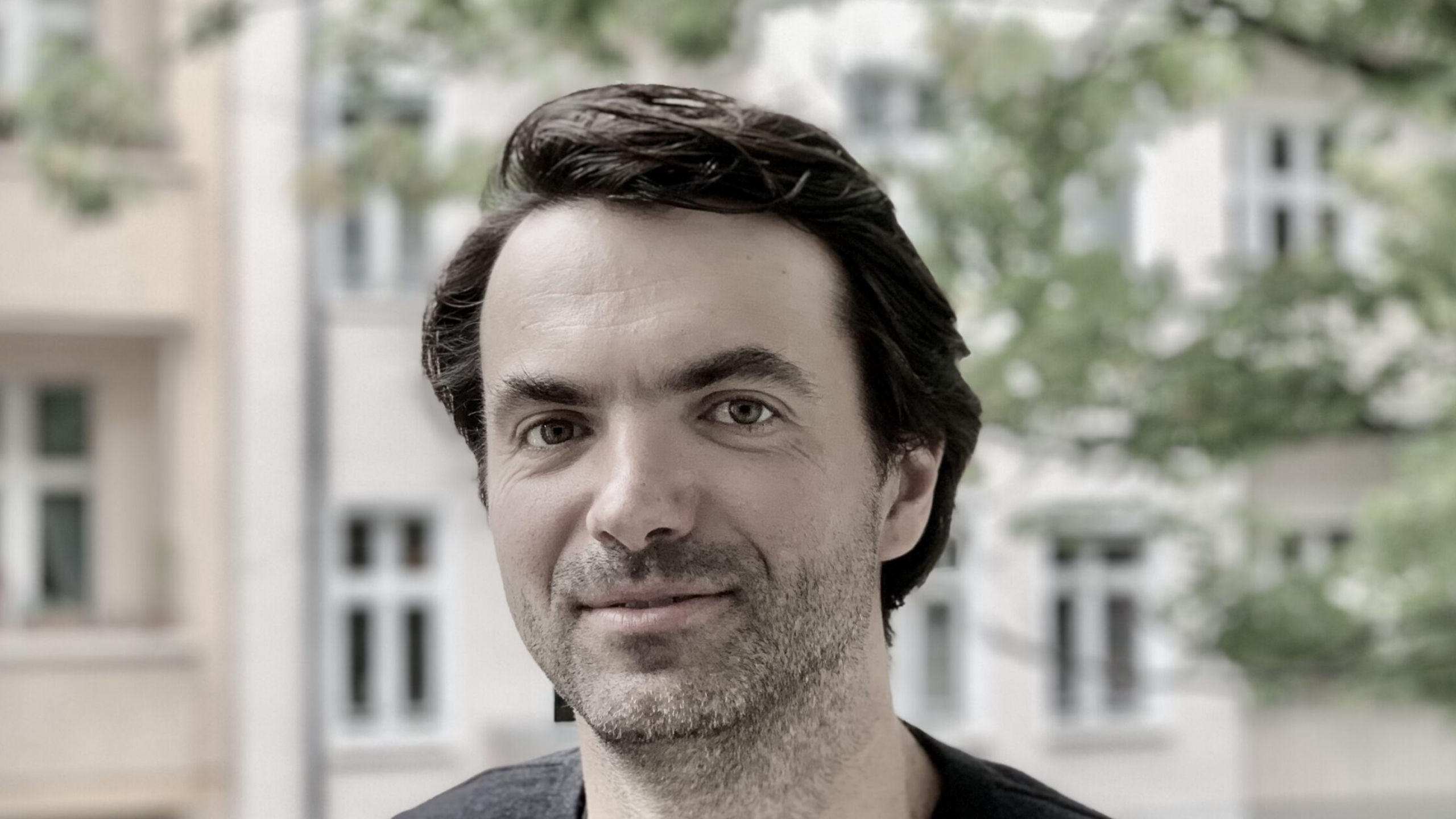Making sense of our connected world

Governance between norms, discourse and technology
Here at irregular intervals we will publish short articles about the doctoral theses that were written at HIIG. This week we have a look at the doctoral thesis “Governance –Technik – Kommunikation. Perspektiven einer kommunikationswissenschaftlichen Governance-Forschung” by Christian Katzenbach, which was published under the title “Die Regeln digitaler Kommunikation. Governance zwischen Norm, Diskurs und Technik” by Springer Verlag.
Typically, we think of internet policy and governance as a process taking place within designated political institutions: parliaments, regulators, and specific international and transnational bodies such as IGF or ICANN. But increasingly, it is becoming obvious that digital rulemaking and ordering is also happening elsewhere. Rulemaking and ordering takes place when dominant platforms set their terms of service and community guidelines, and when the public engages in discourses about issues such as fake news, hate speech, freedom of expression and copyright; it inheres within the algorithms, services, and infrastructures that constitute the internet, the technology itself. Starting from these considerations, Christian Katzenbach’s thesis develops a concept of governance that accommodates these heterogeneous processes of ordering. It specifically addresses the role of media technology in shaping and reflecting the way we communicate. Conceptually the thesis draws on governance research, institutional theories and science and technology studies. This integration allows it to show that governance as the process of negotiating rules and mutual expectations is not restricted to law and policy-making. Rather, it also consists of normative orientations, discursive framings and media technologies. As a result, the thesis suggests four perspectives for governance research: A regulatory perspective, addressing the provision and enforcement of formal rules such as laws, court decisions and terms of service; a normative perspective, investigating the prevalent judgements on legitimate and illegitimate behaviour in a specific community or sector; a discursive perspective, addressing the framings and debates on contested issues of communication policy and law; and a technological perspective, investigating the embodiment of affordances and rules in infrastructures and algorithms shaping daily routines of communication. This concept of governance makes it possible to develop an inclusive picture of internet policy and governance. On the practical level, understanding informal processes of ordering is essential for deploying effective regulation. On the theoretical level, the thesis contributes significantly to the understanding of governance as a social and technological process.
The thesis was published under the German title Governance –Technik – Kommunikation. Perspektiven einer kommunikationswissenschaftlichen Governance-Forschung open access at the library of the Freie Universität Berlin (see here).
This post represents the view of the author and does not necessarily represent the view of the institute itself. For more information about the topics of these articles and associated research projects, please contact info@hiig.de.

You will receive our latest blog articles once a month in a newsletter.
Platform governance
The Human in the Loop in automated credit lending – Human expertise for greater fairness
How fair is automated credit lending? Where is human expertise essential?
Impactful by design: For digital entrepreneurs driven to create positive societal impact
How impact entrepreneurs can shape digital innovation to build technologies that create meaningful and lasting societal change.
Identifying bias, taking responsibility: Critical perspectives on AI and data quality in higher education
AI is changing higher education. This article explores the risks of bias and why we need a critical approach.




